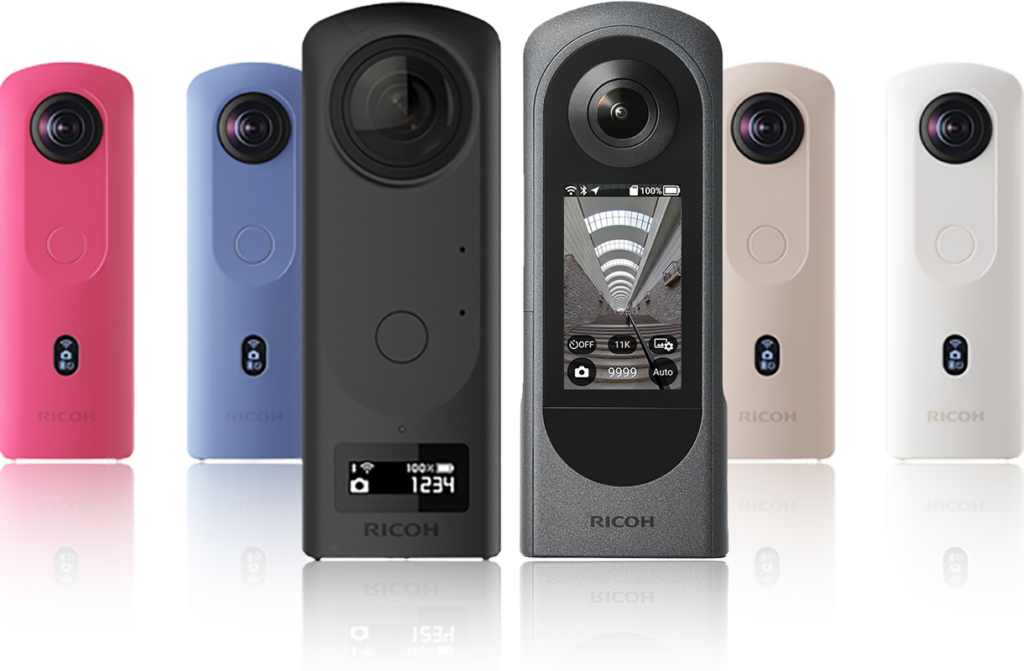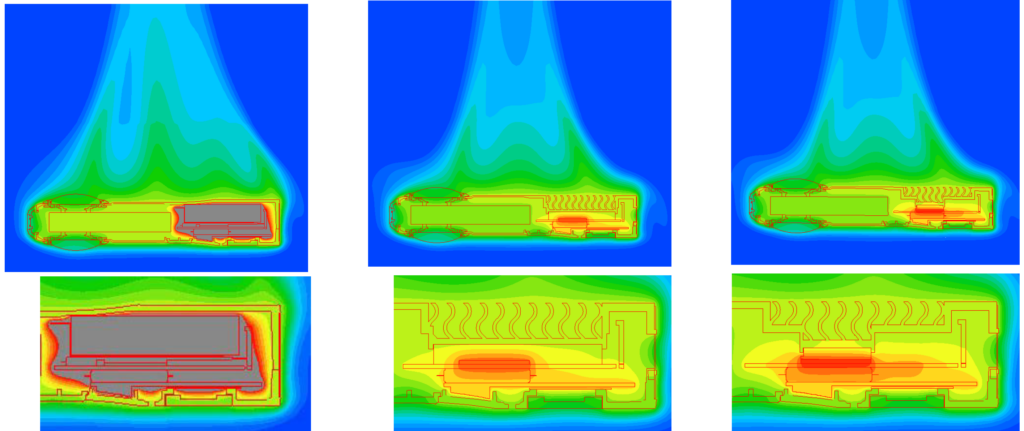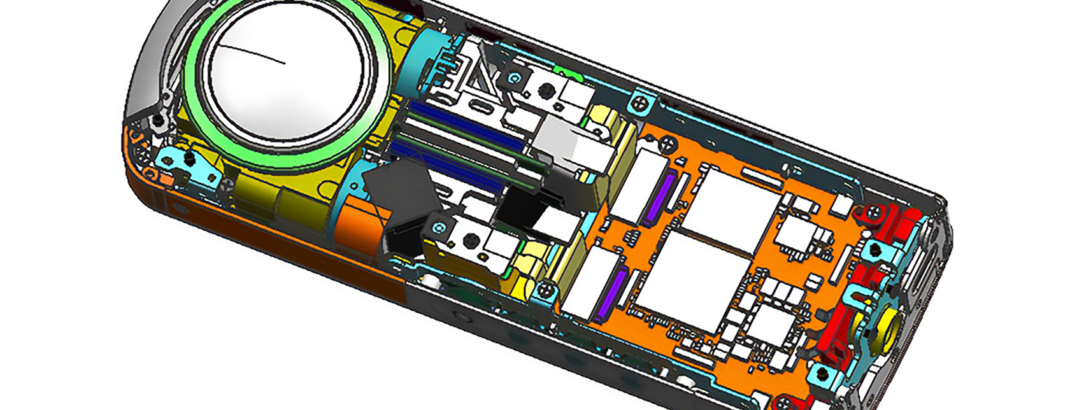Original Source: nTop
Summary
Using nTop’s advanced design tools for thermal management, RICOH Company Ltd. improved the heat dissipation of their THETA camera so that it can operate continuously in high-heat environments. This new design is fully printable with RICOH’s breakthrough aluminium binder jetting technology.

The project
Thermal performance optimisation of a camera housing
The RICOH THETA is a lightweight camera that can shoot 360° with the single push of a button without having to worry about the angle of view, tilt, or settings. Popular for virtual tours for estate agents, vehicle sales, and more, RICOH tried to internally utilise the THETA camera for 24-hour streaming to monitor its factory line. To accomplish this, the camera must be able to operate continuously in high-heat environments as hot as 32°C (90° F).

The challenge
Improve heat exchanger performance
As a safety precaution, RICOH’s current THETA camera shuts down after prolonged use when the main circuit board reaches a certain temperature. This safeguard is in place because overheating can shorten the life of the components. The RICOH team set out to redesign the THETA cover to better dissipate heat so the camera doesn’t get hot enough to shut down. They sought to manufacture the redesigned part with their own aluminium binder jetting technology to demonstrate its capabilities.
“nTop is great for solving thermal issues because it allows us to model and test the geometry needed for heat dissipation easily and quickly.“
Tsuji Masato
Mechanical Designer, Development for Mechatronic & Software Section
Additive Manufacturing Business Center
The solution
Advanced heat management features designed for additive manufacturing
By creating a TPMS structure in nTop, RICOH redesigned the heat transfer paths, allowing increased heat dissipation through the front cover of the camera. The redesigned camera housing exceeded RICOH’s thermal management requirements, and the new structure could be produced with RICOH’s aluminium binder jetting technology.
The results
- 24% cooler than the original
- 24+ hour continuous use without shutting down
“nTop saved a great deal of time.
Tsuji Masato
“With conventional CAD software, it is practically impossible to evaluate multiple complex shapes such as gyroids.
“With nTop, creating and testing these shapes is easy.”
Mechanical Designer, Development for Mechatronic & Software Section
Additive Manufacturing Business Center





Why nTop?
nTop’s ability to create reliable, complex geometries efficiently allowed RICOH to develop and evaluate several structures for the camera cover before arriving at an optimal solution. The resulting design met their thermal management requirements and demonstrated the capabilities of RICOH’s aluminium binder jetting technology.

Implicit modeling
nTop’s implicit modelling technology means you avoid failures that commonly occur when trying to design complex geometries in other software. RICOH used implicit modelling to create a TPMS structure that would be difficult, if not impossible, to make in traditional CAD software. This gyroid structure is ideal for heat transfer since it creates a lightweight self-supporting structure with a high surface area to volume ratio.

Instantaneous design feedback
RICOH created several models of the camera cover gyroid in nTop using XYZ cell size and wall thickness as parameters. The models RICOH created instantly in nTop would have taken hours to create in another software. With this time saving, RICOH was able to design and test multiple options to find the best solution for their thermal management goals.

Easy integration
The RICOH team can easily convert their nTop implicit files to STL for import into their CAM software. nTop has options for Implicit to STL conversions that make it simple for RICOH to import files for slicing and printing.

RICOH binder jetting technology
Aluminium is notoriously difficult to manufacture with binder jetting due to oxidation in the sintering process, but RICOH’s technology uses specialised materials and a unique sintering process that produces dense and intricate aluminium parts reliably. Their innovative technology enabled them to manufacture the small, complex features in the camera covers. Further, aluminium binder jetting has a higher level of productivity compared to other metal AM technologies, so parts can be made more efficiently.
Thanks to a redesign in nTop, the RICOH team was able to make the THETA camera ready to take on live streaming in high-heat environments.
